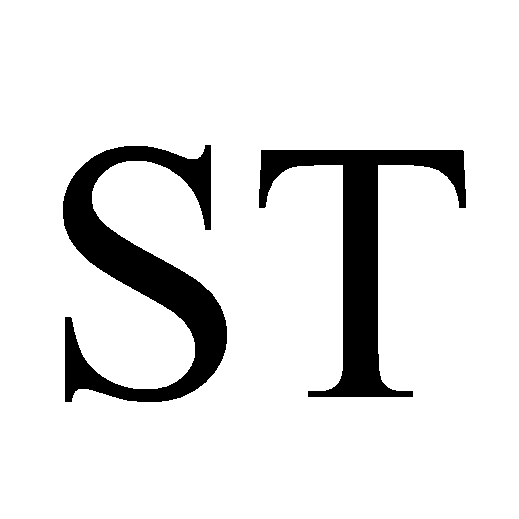“Fiber” can refer to different things in various contexts, but in the realm of technology and networking, it commonly refers to optical fiber or fiber optics. Optical fiber is a technology used for high-speed data transmission, telecommunications, and internet connectivity. Here are some key aspects of optical fiber:
- Optical Fiber Cable:
- Optical fiber consists of thin strands of glass or plastic that transmit data using light signals. These strands are bundled into cables for protection and practical use.
- Light Transmission:
- Data is transmitted through optical fiber using light signals. These signals can travel over long distances with minimal signal loss.
- Speed and Bandwidth:
- Fiber optic cables provide extremely high data transmission speeds and bandwidth, making them ideal for transmitting large amounts of data quickly.
- Low Latency:
- Fiber optic connections have low latency, which is important for applications like online gaming and video conferencing.
- Immunity to Electromagnetic Interference:
- Optical fiber is not susceptible to electromagnetic interference, making it suitable for use in environments with high electrical interference.
- Long-Distance Communication:
- Fiber optics are commonly used for long-distance telecommunications, such as undersea cables connecting continents and high-speed internet backbone networks.
- Fiber to the Home (FTTH):
- FTTH is a technology that brings fiber optic connections directly to residential homes, providing high-speed internet and other services.
- Fiber Optic Internet:
- Fiber optic internet service providers offer high-speed internet connections using fiber optic infrastructure.
- Fiber Optic Networks:
- Telecommunications companies and data centers use fiber optic networks to interconnect locations and deliver high-speed data services.
- Single-Mode and Multi-Mode Fiber:
- Optical fiber can be categorized as single-mode or multi-mode, based on the way light travels through the fiber. Single-mode fiber is used for long-distance connections, while multi-mode fiber is used for shorter distances and higher bandwidths.
- Connectors and Termination:
- Fiber optic cables use connectors like SC, LC, ST, and MTP for termination, allowing them to be connected to networking equipment and devices.
- Signal Regeneration:
- For very long-distance connections, signal regenerators or repeaters may be used to boost and regenerate optical signals.
Fiber optics have become a fundamental technology for modern telecommunications and networking, enabling high-speed internet connections, long-distance data transmission, and reliable data communication. Fiber optic networks are widely used in many industries, including telecommunications, data centers, and internet service providers. They are a critical component in supporting the ever-increasing demand for high-speed and high-bandwidth data services.

